The Cooler Master XG850 Plus Platinum has some interesting features, like the side LCD screen, the MasterPlus+ compatibility, and the nice ARGB lighting, but are these enough to provide it with an edge over the competition?
Cooler Master craved so much to deeply enter the PSU market that it hired a team of engineers and started designing its platforms. The first results of its efforts are the XG and XG Plus lines. I have already looked at the XG650 Platinum, but I also had the XG850 PLUS Platinum on the samples pile and had to do something about it.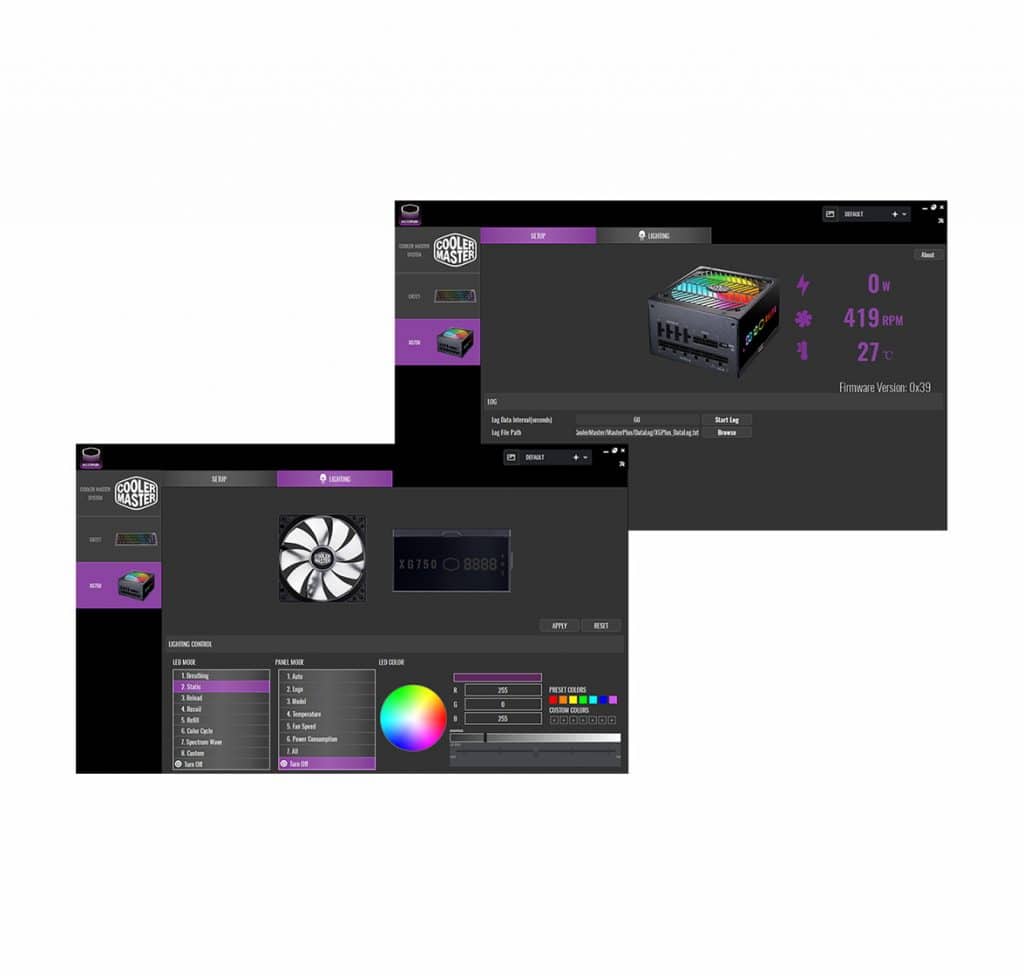 The differences between the XG and XG Plus lines are the built-in screen, the ARGB fan, and the compatibility with the MasterPlus+ software. The MCU installed in the XG Plus units allow for a digital communications bridge through which they “talk” with the system. Users can use the MasterPlus+ software to control the ARGB lighting, change the fan speed profile and control the information on the LCD screen. The former option can come in handy, especially if you want to build a quiet system, but the former is not so helpful because the LCD screen is on the PSU and not detachable, so you will have to have a clear view of it. In many chassis, the PSU is in a covered compartment, and on top of that, many users install their systems below the desk and not on top of it. For me, if you want to provide an LCD screen to a PSU, it has to be detachable, else there is no meaning.
The differences between the XG and XG Plus lines are the built-in screen, the ARGB fan, and the compatibility with the MasterPlus+ software. The MCU installed in the XG Plus units allow for a digital communications bridge through which they “talk” with the system. Users can use the MasterPlus+ software to control the ARGB lighting, change the fan speed profile and control the information on the LCD screen. The former option can come in handy, especially if you want to build a quiet system, but the former is not so helpful because the LCD screen is on the PSU and not detachable, so you will have to have a clear view of it. In many chassis, the PSU is in a covered compartment, and on top of that, many users install their systems below the desk and not on top of it. For me, if you want to provide an LCD screen to a PSU, it has to be detachable, else there is no meaning.
- Manufacturer (OEM): XHY/Fusion Power (Cooler Master Platform)
- Max Power: 850W
- Cybenetics Efficiency: [115V] Platinum (89-91%), [230V] Platinum (91-93%)
- 80 Plus Efficiency: Platinum
- Noise: Cybenetics A- (25-30 dB[A])
- Compliance: ATX12V v2.53, EPS 2.92
- Alternative Low Power Mode support: Yes
- Power 12V: 850W
- Power 5V + 3.3V: 100W
- Power 5VSB: 15W
- Cooling: 135mm Hydro Dynamic Bearing Fan (DF1352512FDHN)
- Semi-Passive Operation: ✗
- Modular Design: Yes (Fully)
- High Power Connectors: 2x EPS (2x cables), 6x PCIe 6+2 pin (3x cables)
- Peripheral Connectors: 12x SATA (3x cables), 4x 4-pin Molex (single cable)
- ATX/EPS Cable Length: 650/650mm
- Distance between SATA & Molex connectors: 120mm
- In-cable capacitors: No
- Dimensions (W x H x D): 150 x 85 x 160mm
- Weight: 1.75 kg (3.86 lb)
- Warranty: 10 years
Box & Bundle
The box has appealing graphics, with the PSU’s RGB lighting and the LCD screen on its face. The protection it offers is good, with packing foam surrounding the product. You will find several leaflets in the bundle and a practical cable bag.
Product Photos
The fan grill is not restrictive, and this is good for airflow. At the face of the PSU, we meet a unique exhaust design. Around the back, the modular board has eleven power sockets and one USB header.
The overexposed photo shows all the digits on the PSU’s LCD screen.
Cables
Protection Features
| OCP (Cold @ 21°C) | 12V: 104.4A (147.46%), 12.099V 5V: 29.1A (145.5%), 5.042V 3.3V: 29.5A (147.5%), 3.321V 5VSB: 7.5A (250%), 4.915V |
| OCP (Hot @ 41°C) | 12V: 104.6A (147.74%), 12.122V 5V: 28.6A (143%), 5.043V 3.3V: 29A (145%), 3.321V 5VSB: 7.4A (246.67%), 4.907V |
| OPP (Cold @ 26°C) | 1262.97W (148.65%) |
| OPP (Hot @ 41°C) | 1267.77W (149.22%) |
| OTP | ✓ (126°C @ secondary side) |
| SCP | 12V to Earth: ✓ 5V to Earth: ✓ 3.3V to Earth: ✓ 5VSB to Earth: ✓ -12V to Earth: ✓ |
| PWR_OK | Accurate but lower than 16 ms |
| NLO | ✓ |
| SIP | Surge: MOV Inrush: NTC Thermistor & Bypass relay |
OCP is set sky-high on all rails, and the same goes for OPP. I get it, CM wanted to iron out any power spike issues, but overcurrent and over power protections are there for a reason!
Part Analysis
| General Data | – |
| Manufacturer (OEM) | Huizhou Xin Hui Yuan Tech (Fusion Power) |
| PCB Type | Double -Sided |
| Primary Side | – |
| Transient Filter | 4x Y caps, 2x X caps, 2x CM chokes, 1x MOV |
| Inrush Protection | 1x NTC Thermistor MF72-5D15 (5 Ohm) & Relay |
| Bridge Rectifier(s) | 2x GBU15KL (800V, 15A @ 100°C) |
| APFC MOSFETs | |
| APFC Boost Diode | 1x Panjit PCDP0865G1 (650V, 8A @ 140°C) |
| Bulk Cap(s) | 1x Nippon Chemi-Con (450V, 680uF, 2,000h @ 105°C, KMZ) |
| Main Switchers | |
| APFC Controller | Champion CM6500UNX |
| Resonant Controller | Champion CM6901T6X |
| Topology | Primary side: APFC, Full-Bridge & LLC converter Secondary side: Synchronous Rectification & DC-DC converters |
| Secondary Side | – |
| +12V MOSFETs | 4x Infineon BSC010N04LS (40V, 178A @ 100°C, Rds(on): 1mOhm) |
| 5V & 3.3V | DC-DC Converters: 2x Excelliance MOS EMB04N03A (30V, 55A @ 100°C, Rds(on): 4mOhm) & 2x Excelliance MOS EMB07N03 (30V, 17A @ 100°C, Rds(on): 7mOhm) PWM Controller(s): ANPEC APW7159C |
| Filtering Capacitors | Electrolytic:2x Nippon Chemi-Con (105°C, W), 3x Nippon Chemi-Con (2-5,000h @ 105°C, KZE), 8x Nippon Chemi-Con (4-10,000h @ 105°C, KY), 2x Nippon Chemi-Con (5-6,000h @ 105°C, KZH) Polymer: 23x FPCAP |
| Supervisor IC | IN1S313I-SAG |
| Fan Model | Cooler Master DF1352512FDHN (135mm, 12V, 0.60A, Fluid Dynamic Bearing Fan) |
| 5VSB Circuit | – |
| Rectifier | 1x 45R10S SBR |
| Standby PWM Controller | Excelliance MOS EM8569C |
This is CM’s first in-house platform, and hopefully, more will follow. It is not easy to build your own PSU from scratch. Most brands take existing brands and tune them or make changes to meet their demands. So far, among the major brands, only Corsair had the workforce and the experience to make its platforms. Seasonic was an OEM that decided to enter deep into the retail business. I am not sure if CM will also provide its in-house platforms to other brands, most likely not since it doesn’t want to create additional competition.
The design is clean, and the small PCB is not heavily occupied by parts, leaving enough space for decent airflow. The DC-DC converters handling the minor rails are installed on the modular PCB to reduce energy losses. This is a technique that Enermax first applied, and other manufacturers followed, including Seasonic in some of its Prime models. Overall, the build quality is high, and CM used good parts in this PSU to offer a ten-year warranty without any second thoughts.
Lastly, since CM doesn’t own a manufacturing PSU line, it only designed the platform and let Huizhou Xin Hui Yuan Tech (Fusion Power) handle the manufacturing process. Fusion Power is a good manufacturer, which used to work with Super Flower, even handling some of Seasonic’s models.
Testing Methodology
I follow Cybenetics’ PSU testing methodology since I use the same labs. Moreover, the same methodology describes the performance algorithm that I use to extract overall performance. This algorithm has been updated several times, so in some cases, where I have to include some older products, I have to use older versions. This is why in some reviews, you might notice deviations in overall performance compared to other reviews. Finally, if you are wondering about my equipment, you can look at the following scheme.
Load Regulation
Load regulation is tight, especially at 12V, where it matters the most!
Ripple Suppression
The PSU might get the last place in ripple suppression at 12V, but still below 30mV at full load and above 45°C operating temperature, which is damn good.
Transient Response
The transient response is very good at 12V and 5V and mediocre at 3.3V.
Hold Up Time
The hold-up time exceeds 20ms, and the power ok signal is accurate.
Timings
The PSU supports Alternative Low Power Modes.
Inrush Current
Inrush current with 115V is higher than 230V. Usually, it is the other way around.
Efficiency Normal, Light & Super-Light Loads
The platform achieves high enough efficiency with normal loads but loses notably at light and super-light loads.
Average Efficiency 5VSB
The 5VSB rail is highly efficient.
Vampire Power
Vampire power is low.
Average Efficiency
The average efficiency takes a hit because of the low performance with light loads.
Average PF
The APFC converter performs decently, but there is room for improvement.
Average Noise
The average noise output is satisfactory, but most competing offerings perform better here.
Fan Noise & Speed Maps @ 28-32 °C
The fan’s speed is almost steady at 700RPM throughout the PSU’s entire operational range. This is weird. The good thing is that you can set your fan speed profile through MasterPlus+.
Overall Performance
I expected higher performance. Not that the XG Plus doesn’t perform well, but given the 260-dollar price tag, I wanted to see it higher in these charts. The more affordable XG850, which loses the LCD screen and RGB lighting, offers higher performance at a lower price.
Epilogue
The XG850 Plus Platinum is the first PSU from Cooler Master using its platform, and I expect to see more in the future. It isn’t perfect, but this is their first attempt, so I should cut them some slack. It could easily gain much more attention with higher overall performance and a lower price. The PSU performs fine in areas that matter the most, such as load regulation, ripple suppression, noise output, and transient response at 12V. The lack of a 12VHPWR connector might trouble some of you, but for the moment, you won’t run into any compatibility issues since NVIDIA made clear that its upcoming GPUs won’t require ATX 3.0 and PCIe 5.0 ready PSUs to operate. This is good news for all of you having previous generation PSUs or wanting to buy one that isn’t ATX 3.0 compatible to save some money. If you can get an ATX 3.0 and PCIe 5.0 ready PSU, though, I would strongly advise you to do so to be future-proof. Because the current generation GPUs might not require them, you cannot know what will be the case in the next generations, and usually, PSUs outlive several GPU generations.
If you are not interested in RGB lighting, you could get the plain XG850 Platinum, an EVGA 850 G7, or a Corsair RM850x. There are plenty of choices in this category, with several shown below.
Buy Cooler Master XG850 Plus Platinum
- Full power at 47°C
- High build quality
- Tight load regulation
- Low ripple
- Good transient response at 12V and 5V
- Quiet operation
- Efficient with normal loads
- Highly efficient 5VSB rail
- LCD screen
- MasterPlus+ software compatibility
- Longer than 20ms hold-up time
- Accurate power ok signal
- Alternative Low Power Mode (ALPM) support
- Low vampire power
- FDB fan
- Fancy looks
- Ten-year warranty
- Expensive
- Sky-high OCP and OPP
- Low efficiency with light loads
- High inrush current with 115V input
- Transient response at 3.3V
- Weird fan speed profile by default
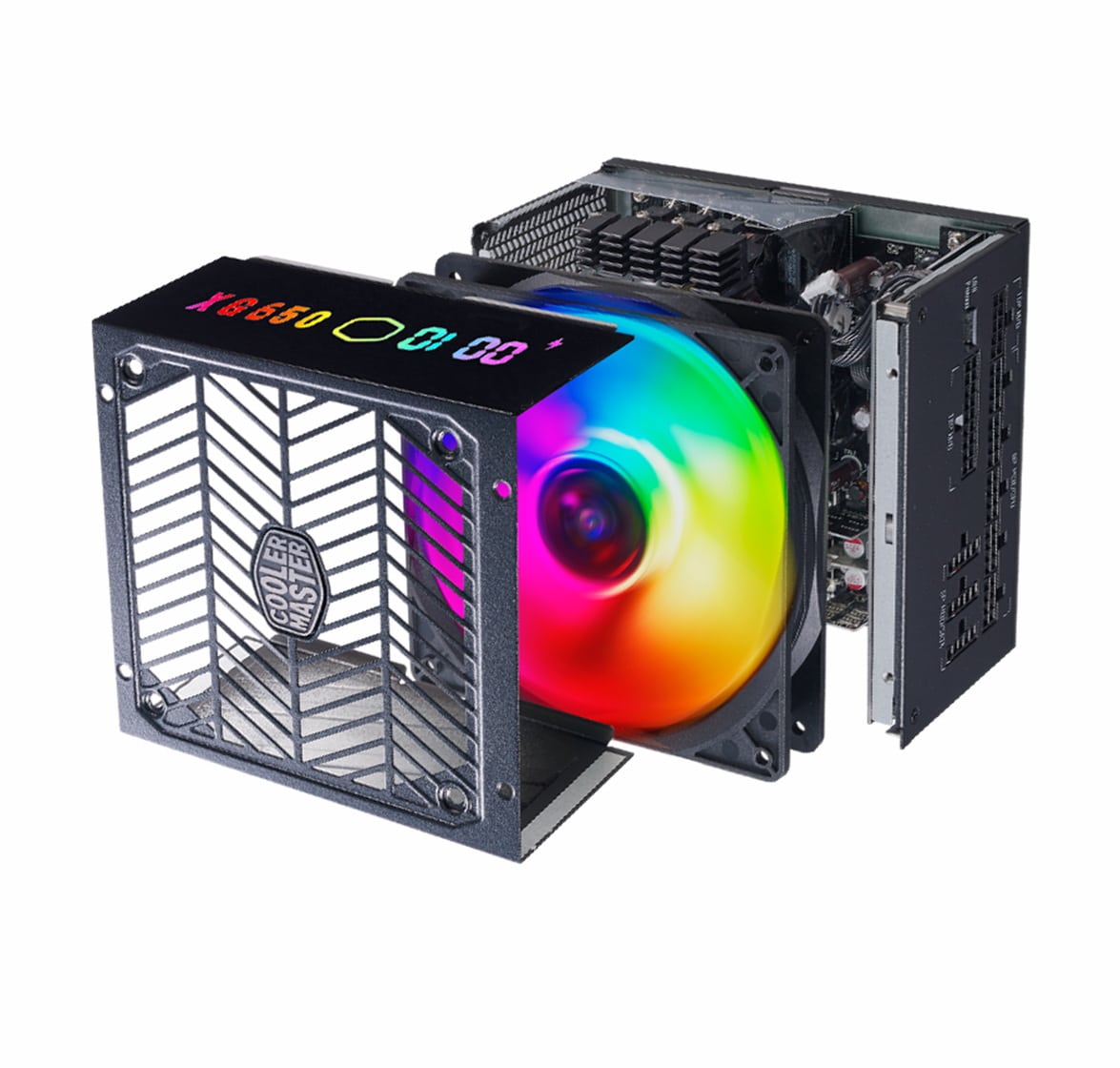
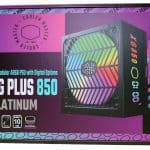
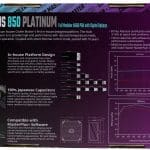

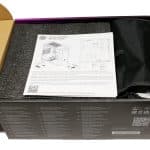
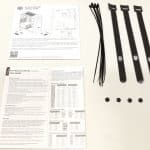

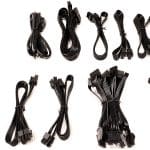

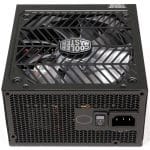
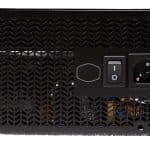
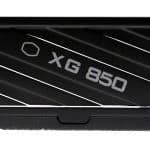
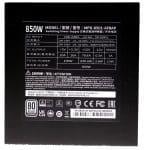
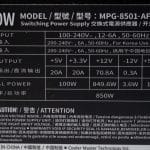
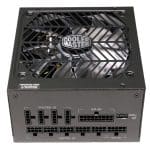
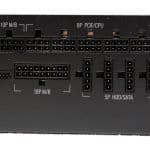
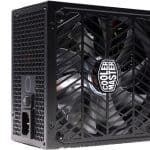
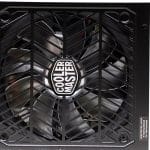
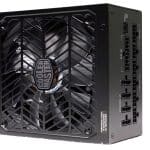
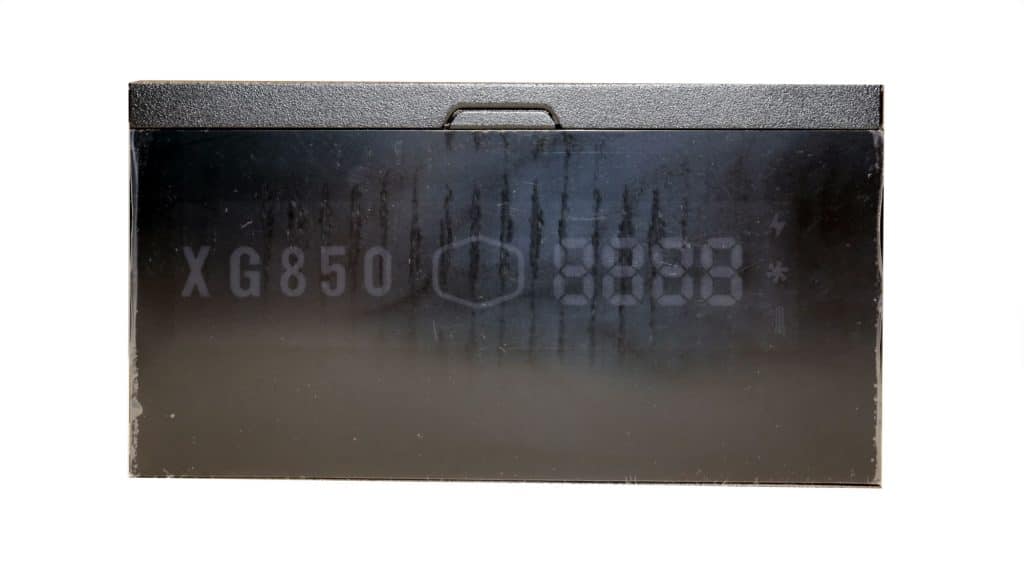
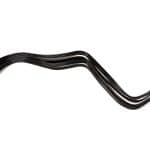
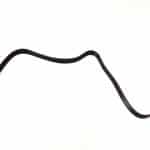
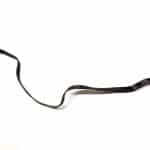
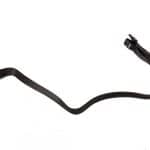

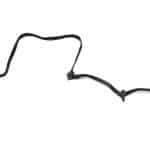

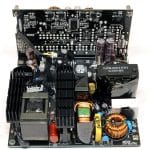
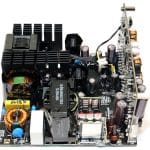
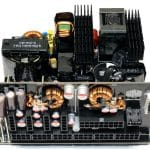

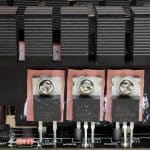
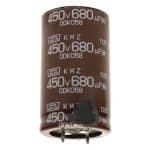
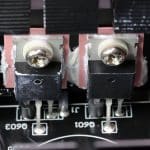
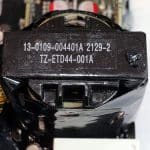
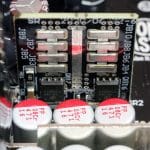
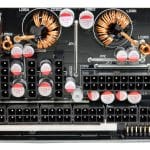
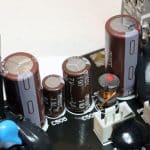
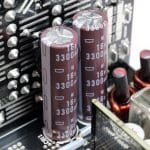



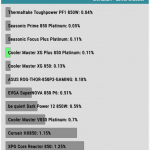
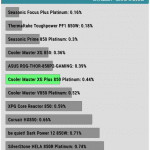
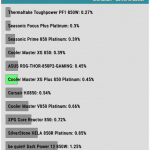
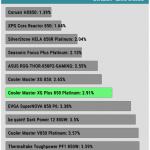
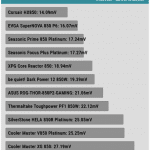
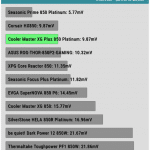
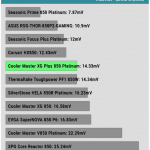
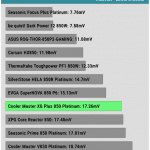
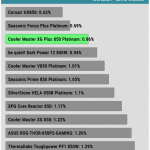
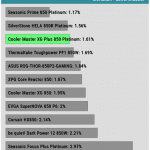
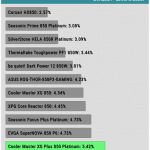


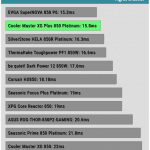

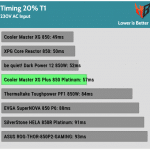
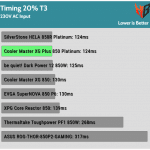
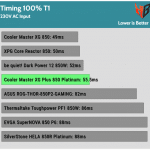

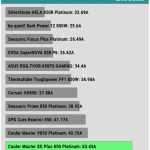
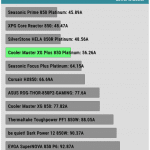

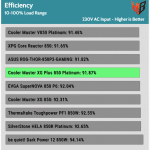
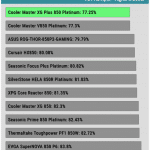
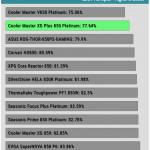
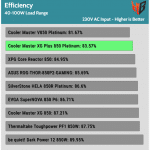
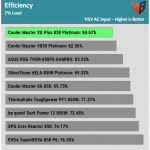

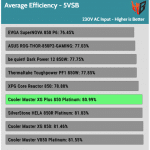
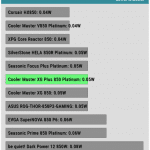

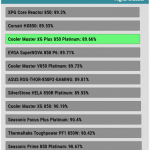
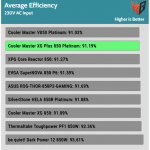

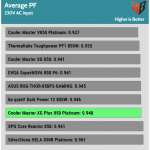
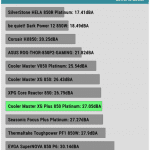
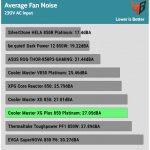
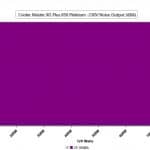
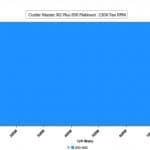
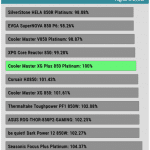
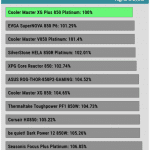
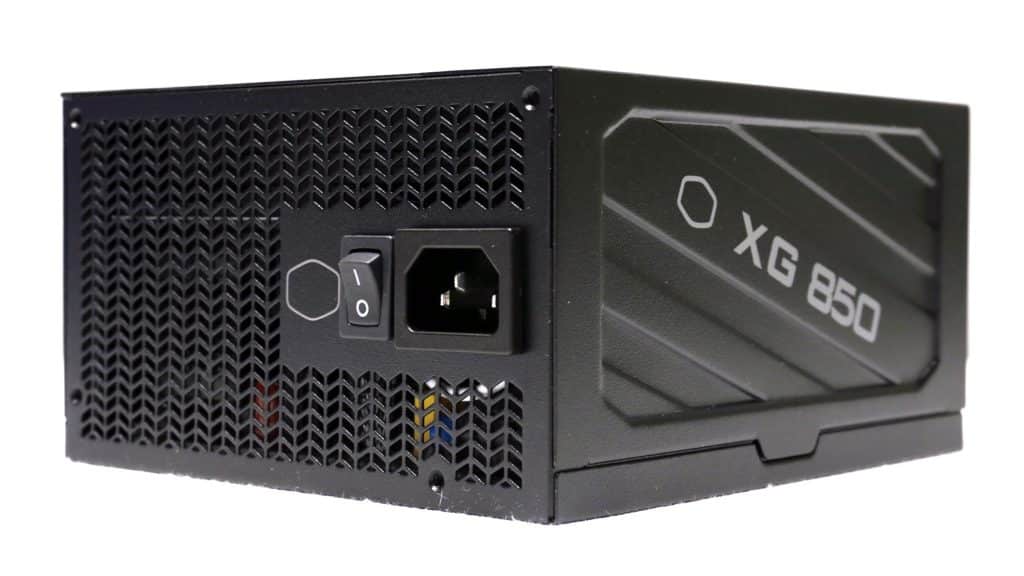
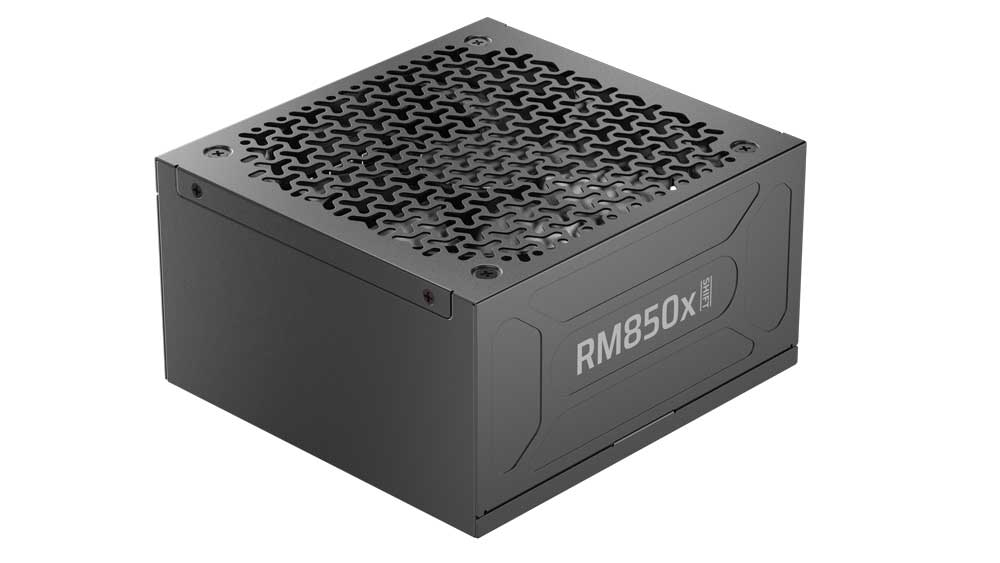

Why aren’t you doing any EMC/EMI testing? The image under Testing Methodology shows that you have the necessary equipment.
I do it, but I just don’t post the results unless I find something out of order. I want to keep my reviews as user-friendly as possible. At Tom’s Hardware and TechPowerUp, I posted way too much information, which most users didn’t bother to read.
There is no “too much” in this regard, keep posting that data!
I agree with gvap, please keep posting that data!
Hi, I got this PSU and i find the fan way too noisy, you do say profile can be changed but i cant find at all where that’s possible on the software, can you tell me how?
https://masterplus.coolermaster.com/
can we really change the fan speed? mine never changes and gets hot its always at 719rpms i can’t find the option in the software could you please share where this control is hidden at, please?
You should contact CM about that! I didn’t bother much with the provided app.
i have and they said they don’t think there is a way lol. thx for the reply though i thought maybe you found something i couldn’t.
it’s a shame really because i love that digital readout.
on my 3070 it works great but on my other system with a 4070TiS running a mere 40 watts more it gets really hot coming out the back.
then i bought a corsair HX1200i and set the fan curve at 1000 rpms and no heat comes out that back at all on my 4090.
anyways keep up the excellent reviews yuo are the best !!@!!